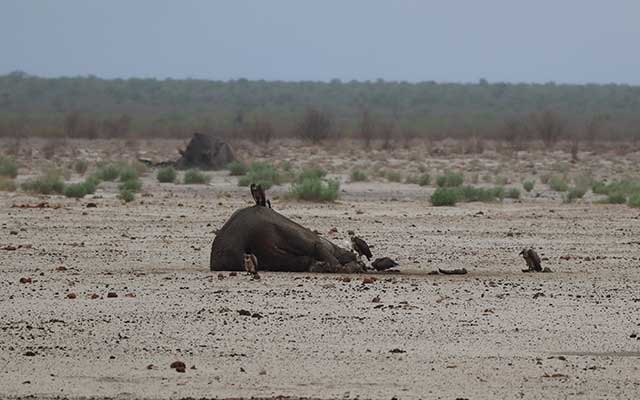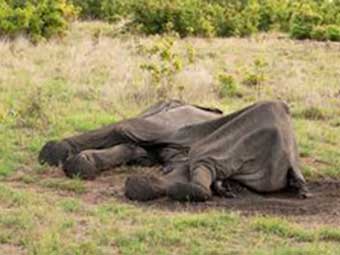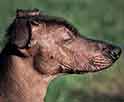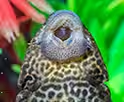Bostwana's cyanobacteria
The death of elephants could repeated again
Reading time: 1 minute, Discovery Chepe Id-288-ECO
Published on 12-02-2020
| Updated on 01-06-2023

In the image, an elephant corpse. Authorities in Botswana are continuing investigations to determine accurately the deaths of animals. Photo Pixabay.
Botswana is one of the most popular countries for safari tourism, this country is located in southern Africa and borders with countries like South Africa, Namibia, Zambia and Zimbabwe. The last African summer in 2020, an average of 300 elephants deaths were registered in a mysterious way according to data released by local authorities.

Bostswana's cyanobacteria, a climate change effect?
First cases were registered in the Okavango area, and since then, ecological authorities had been investigating the cause. Poachers were ruled out due elephant bodies were intact. Three laboratories in Zimbabwe, South Africa and Canada took samples of these corpses to be able to decipher this mystery according to the authorities.
Conservation associations published aerial images where several elephant corpses were found next to lagoons, and in additions, live elephants had been observed showing some weakness, disoriented, and with difficulty walking, sometimes moving in circles despite the rest of the herd encourage them to get back on track. At that time the authorities took urgent action to determine the death of these elephants, they suspected of any disease, or any type of poison. After several weeks of investigation scientists determined that it was a (cyanobacteria). Cyanobacteria is a toxic bacterium that appears naturally in stagnant water, turning into green algae. Due to climate change, green or blue-green water are more loaded with bacterium when it is heated by the suns rays. The elephant deaths ceased once those pools of water dried up in midsummer curiously.
Despite having determined a bacterium in stagnant water as the culprit, local authorities have not been satisfied, as they wonder why other types of animals did not suffer the same fate as elephants. On the other hand, sun's beams are becoming stronger, environmentalists fear that these types of events may occur more frequently.
See Also
Discovery Chepe















